The Lincoln Memorial stands proudly on the National Mall in Washington, D.C., a symbol of equality and freedom. Its imposing presence serves as a testament to one of America’s most beloved presidents, Abraham Lincoln. But, surprisingly, the story behind its construction was filled with fierce political battles, financial constraints, and resistance from unexpected quarters. While today the Memorial seems like an unquestionable part of the American landscape, it nearly didn’t come to be. The political maneuvering and intense debates surrounding its creation reveal a complex history that challenges the notion of it being a foregone conclusion.
The Unlikely Origins of the Lincoln Memorial’s Debate
In the early 1900s, the National Mall in Washington, D.C. was far from the well-maintained public park we see today. It was a recently dredged swamp, far removed from the stately grounds we associate with national monuments. The idea of extending the Mall to include a grand memorial to Abraham Lincoln was as bold as it was controversial. For many politicians at the time, it was an almost unfathomable concept. The proposed McMillan Plan to redevelop the Mall included plans for the Lincoln Memorial, but its grand vision faced opposition, not just from the usual political opponents, but also from those who couldn’t grasp the scale of such an ambitious project.
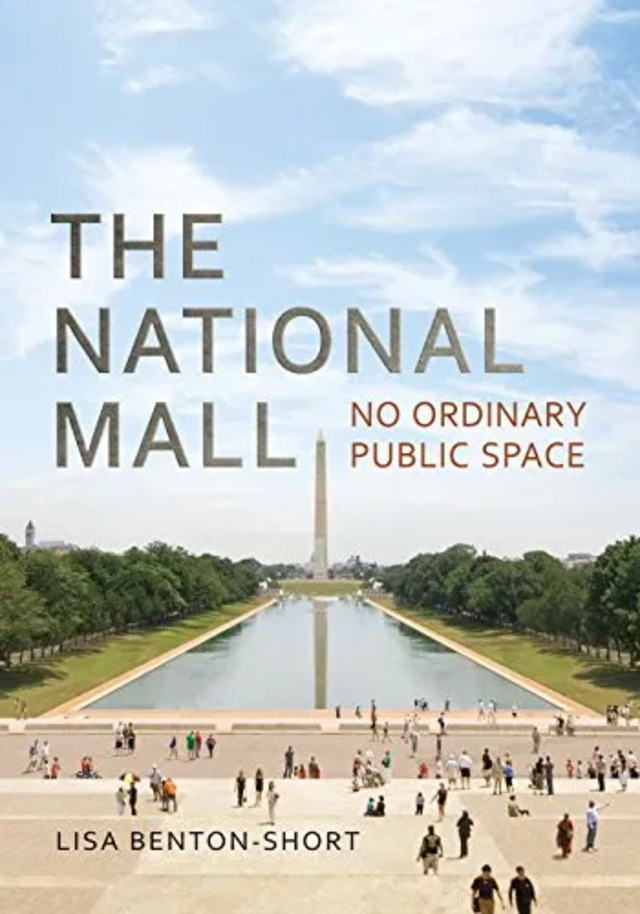
The McMillan Plan, developed in 1901, was an updated vision of the National Mall that aimed to transform it into a grand public space. While this vision was forward-thinking, it was met with resistance by powerful figures like Speaker of the House Joe Cannon, who found it difficult to accept such a massive overhaul of the Mall. The concept was too radical, too difficult to imagine at the time.
Video
Watch the video to learn why the Lincoln Memorial was almost never built.
Joe Cannon: The Man Who Almost Stopped the Memorial
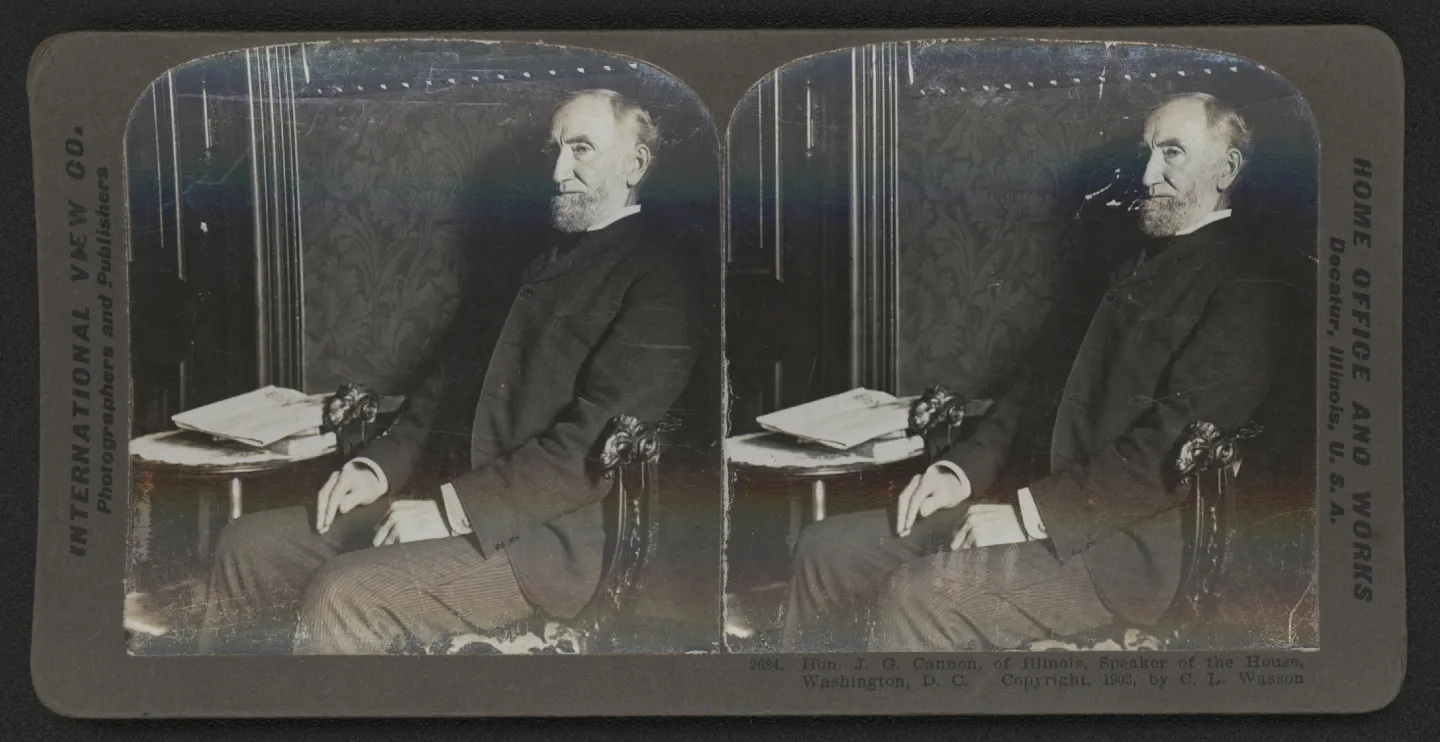
At the heart of the opposition stood Joe Cannon, a politician whose influence was so strong that it was said he controlled the legislative agenda of the entire House of Representatives. Cannon, a Republican from Illinois, held the position of Speaker of the House from 1903 to 1911. Known for his conservatism and fiscal restraint, Cannon’s political influence was unmatched. He used his power to block numerous initiatives, including the construction of the Lincoln Memorial.
Though many believed Cannon’s opposition was rooted in financial conservatism, a closer look reveals that it was not just about the cost of the project. Cannon’s reluctance stemmed from his failure to grasp the visionary scope of the McMillan Plan. He proposed more modest alternatives that wouldn’t require such drastic changes to the Mall, and his political power was enough to prevent the plans for the Lincoln Memorial from moving forward. For much of the early 1900s, Cannon’s grip on the House kept the project at bay.
The Visionary Fight: Overcoming Political Gridlock
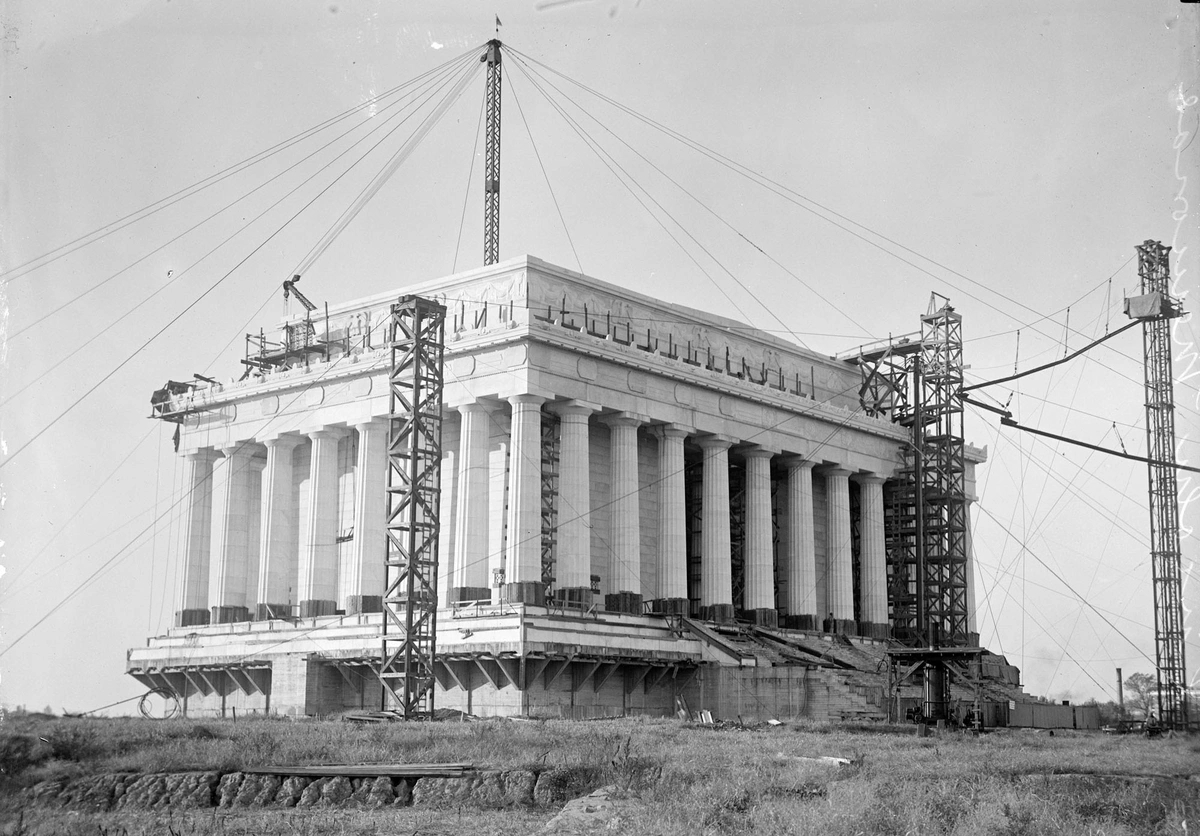
The eventual breakthrough for the Lincoln Memorial came only after a political rebellion. Progressive Republicans, frustrated by Cannon’s obstructionism, began to mobilize against his influence. This intra-party insurgency culminated in a dramatic political coup in 1910, when Cannon was overthrown as Speaker of the House. This loss of power marked the beginning of the end for the obstructionist forces against the Memorial. Without Cannon’s influence, the path was cleared for the approval of the Memorial site.
However, the political landscape was not the only obstacle. The change in political leadership coincided with the end of Republican control in the government following the 1912 elections. The new administration was faced with a tight deadline: They needed to approve the Memorial before 1913, or risk losing the opportunity to ever build it. This urgency pushed the Memorial back into the spotlight and led to a series of discussions about its design.
Designs for the Lincoln Memorial: From Concept to Creation
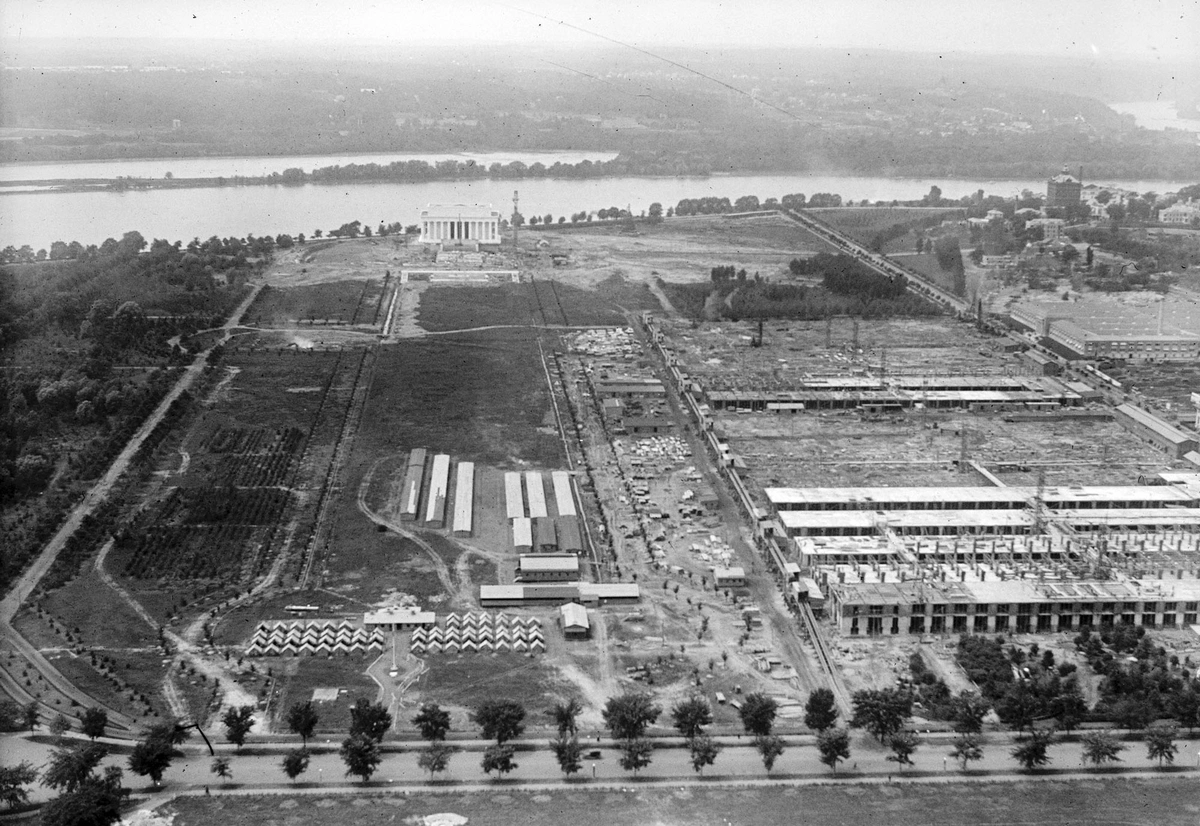
Once the Memorial was greenlit, the next challenge was deciding what it would look like. Several designs were considered, but ultimately, Henry Bacon’s neoclassical design was chosen. Bacon, a renowned architect, envisioned the Memorial as a grand temple with a towering statue of Lincoln seated in contemplation. This design would go on to define the look of the Memorial as we know it today, blending classical architecture with the solemnity of Lincoln’s legacy.
Bacon’s design was not without controversy, but its monumental scale and simplicity appealed to the prevailing sense of national pride. The design was finalized, and construction began in 1913. The Memorial was dedicated on May 30, 1922, more than 20 years after the initial plans were conceived. Despite the long wait and political hurdles, the Memorial was finally realized, becoming one of the most iconic landmarks in the United States.
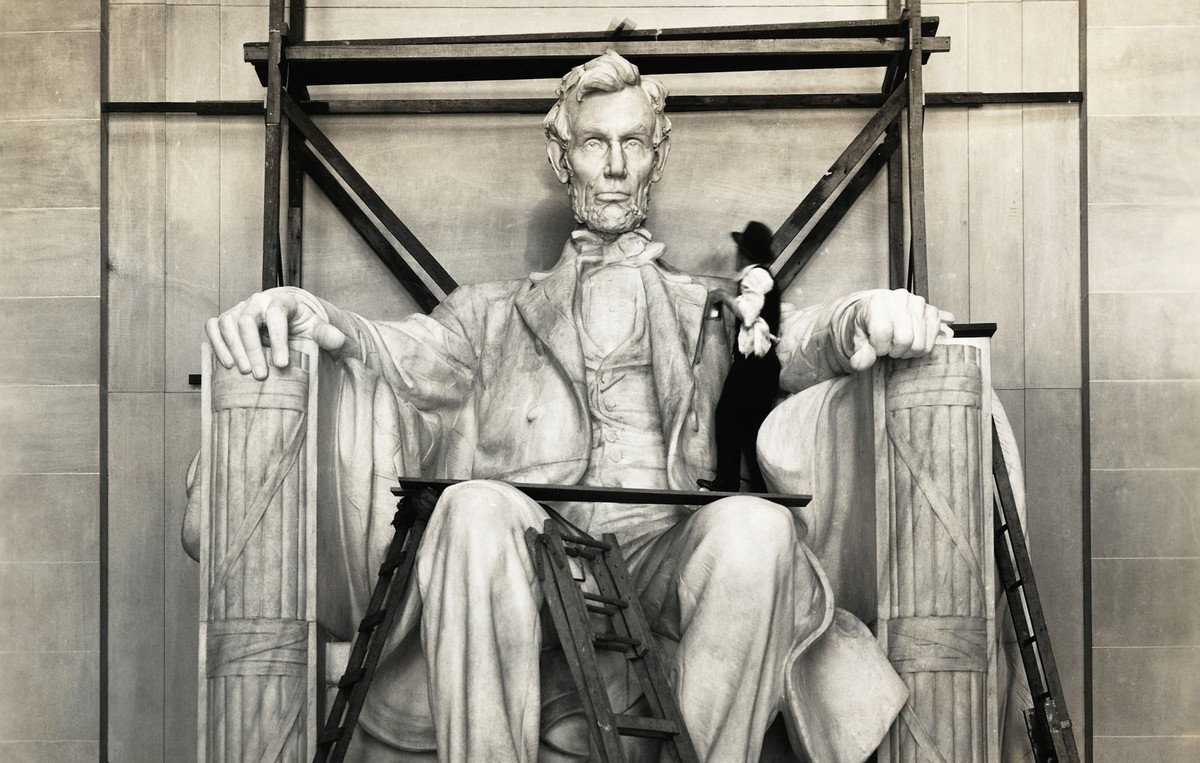
The Long Road to Completion: The Role of Politics and Vision
The journey of the Lincoln Memorial’s construction highlights the tension between politics and vision. While the vision for a grand public space was clear, the politics of the time were anything but accommodating. The Memorial’s long and complicated history is a testament to the difficulty of turning ambitious ideas into reality.
Political resistance, lack of vision, and the inability to imagine such a monumental project all contributed to the delays in its completion. However, once the Memorial was finally built, it became a symbol not only of Lincoln’s legacy but of the power of perseverance in the face of political gridlock.
The Lincoln Memorial’s Dedication in 1922
The dedication of the Lincoln Memorial in 1922 was a momentous occasion, not just for the United States but for the world. The event drew thousands of people to Washington, D.C., and the Memorial’s solemnity and grandeur left a lasting impression. President Warren G. Harding led the dedication ceremony, and for many, it marked the culmination of a decades-long battle to honor Lincoln’s legacy in stone.
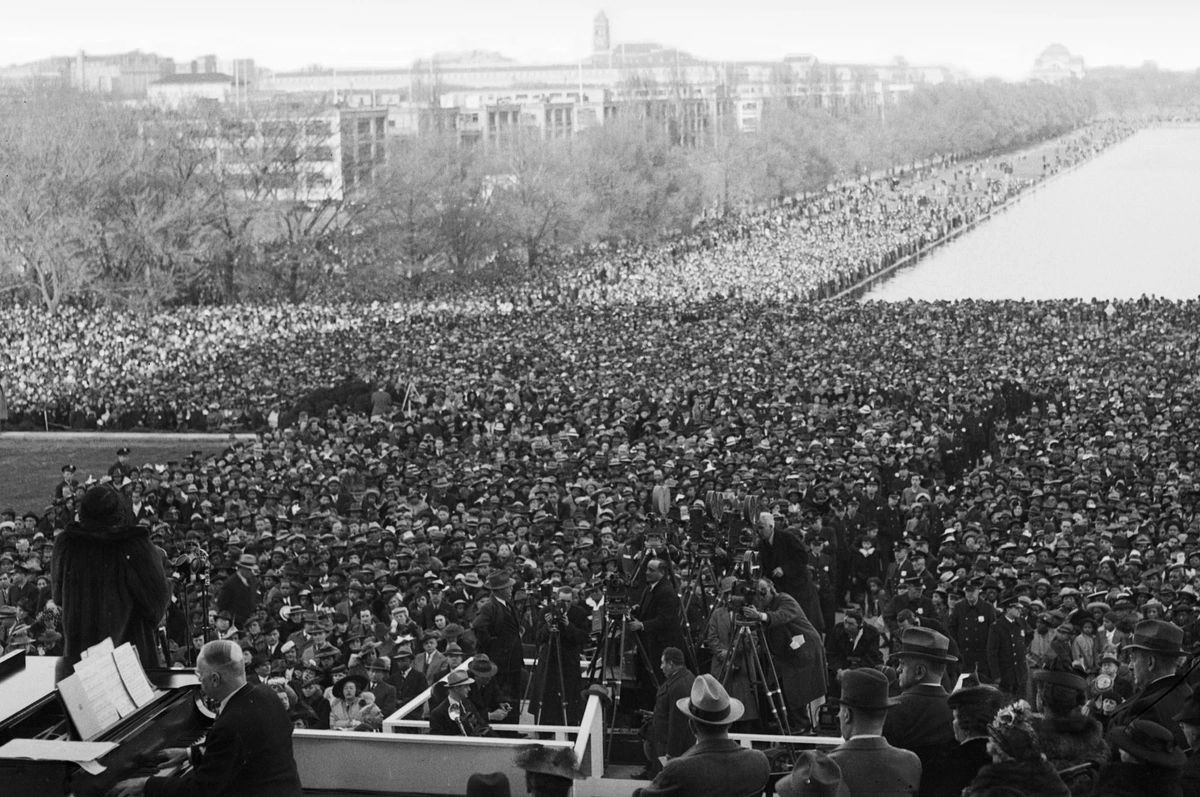
Despite the political obstacles that nearly prevented its construction, the Memorial’s dedication was a unifying event. It stood as a symbol of national pride and a reminder of Lincoln’s leadership during one of the darkest chapters in American history.
The National Mall’s Continued Struggles with Vision and Maintenance
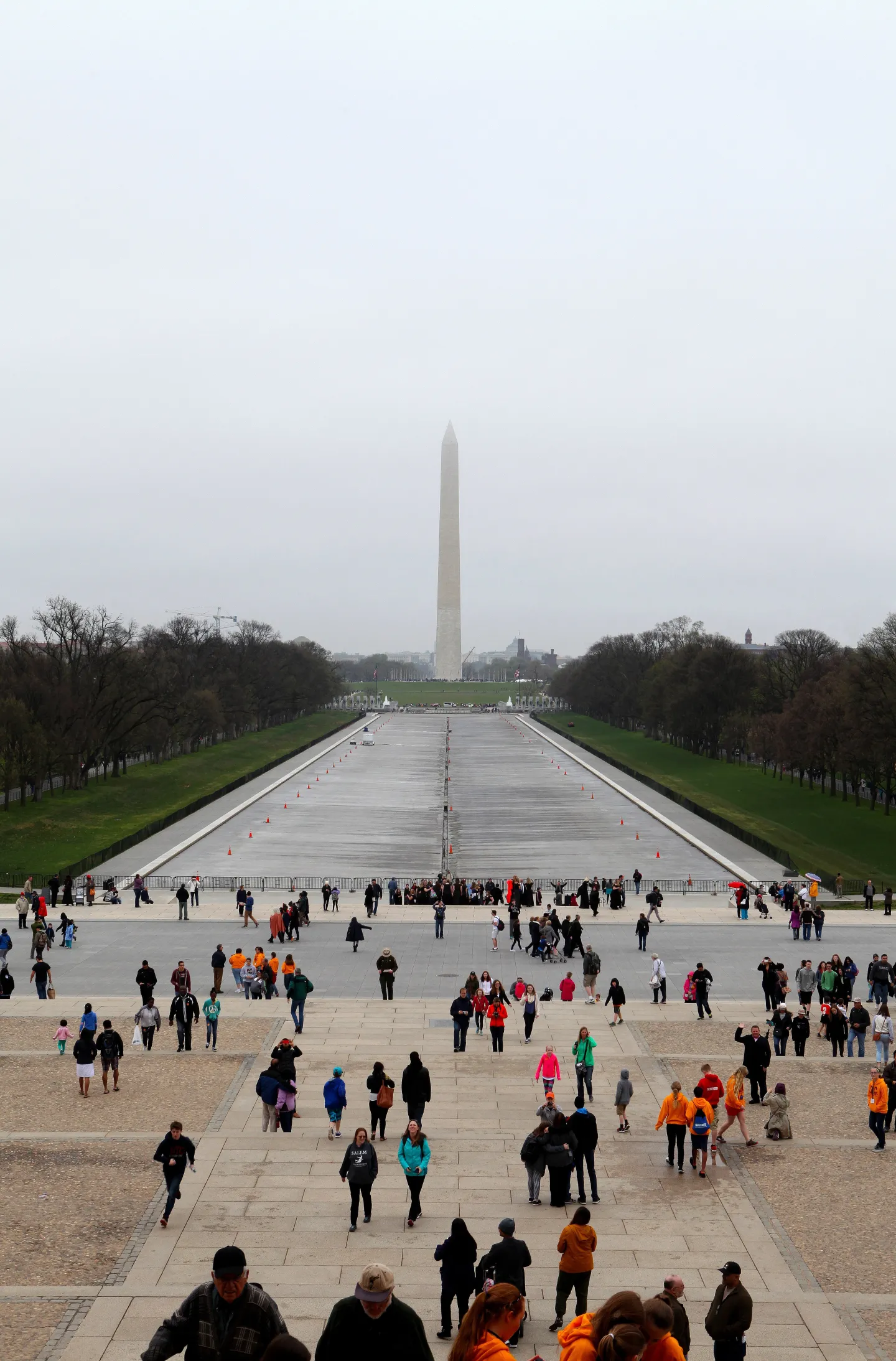
While the Lincoln Memorial is undoubtedly a success, the history of the National Mall shows that vision and maintenance have always been ongoing challenges. Lisa Benton-Short, a professor of geography at George Washington University, points out that the lack of a clear champion for the Mall has often led to stagnation and a lack of vision for its development. Even today, the National Mall struggles with insufficient funding and inconsistent maintenance, despite its status as one of the most visited landmarks in the world.
Benton-Short’s analysis highlights the ongoing difficulty of balancing visionary ideas with bureaucratic limitations. Despite the Lincoln Memorial’s success, the National Mall continues to face challenges in terms of its upkeep and the realization of new monuments and spaces.
Historic Photos: The Evolution of the Lincoln Memorial
A picture is worth a thousand words, and the Lincoln Memorial’s history can be told through its iconic photographs. From the early days of its construction to the present, the Memorial has been captured in countless images that reflect its transformation and the way it has become ingrained in the American consciousness.
Historic photos of the Memorial, from the laying of the cornerstone to the dedication ceremony in 1922, and the ongoing renovations today, show how this grand vision became a reality. These images not only capture the Memorial’s physical transformation but also the emotions it has evoked over the years, from solemn reflection to national pride.

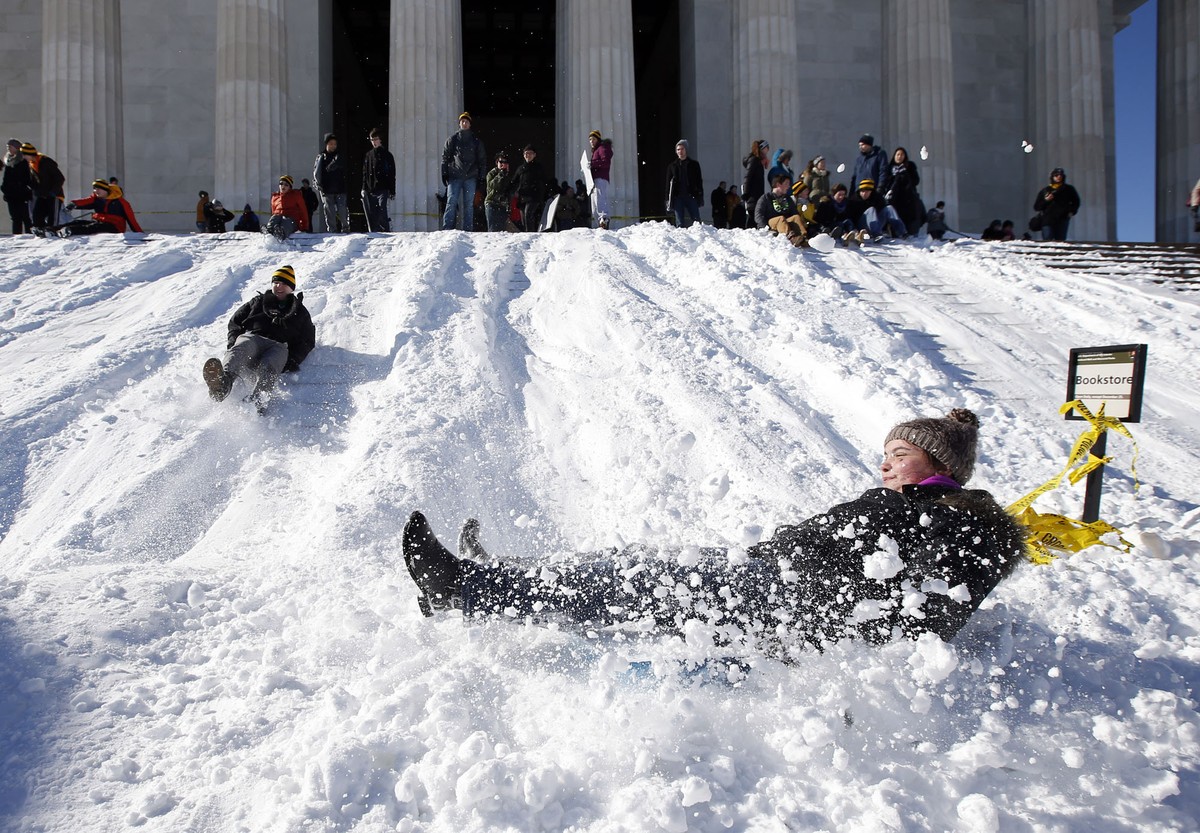
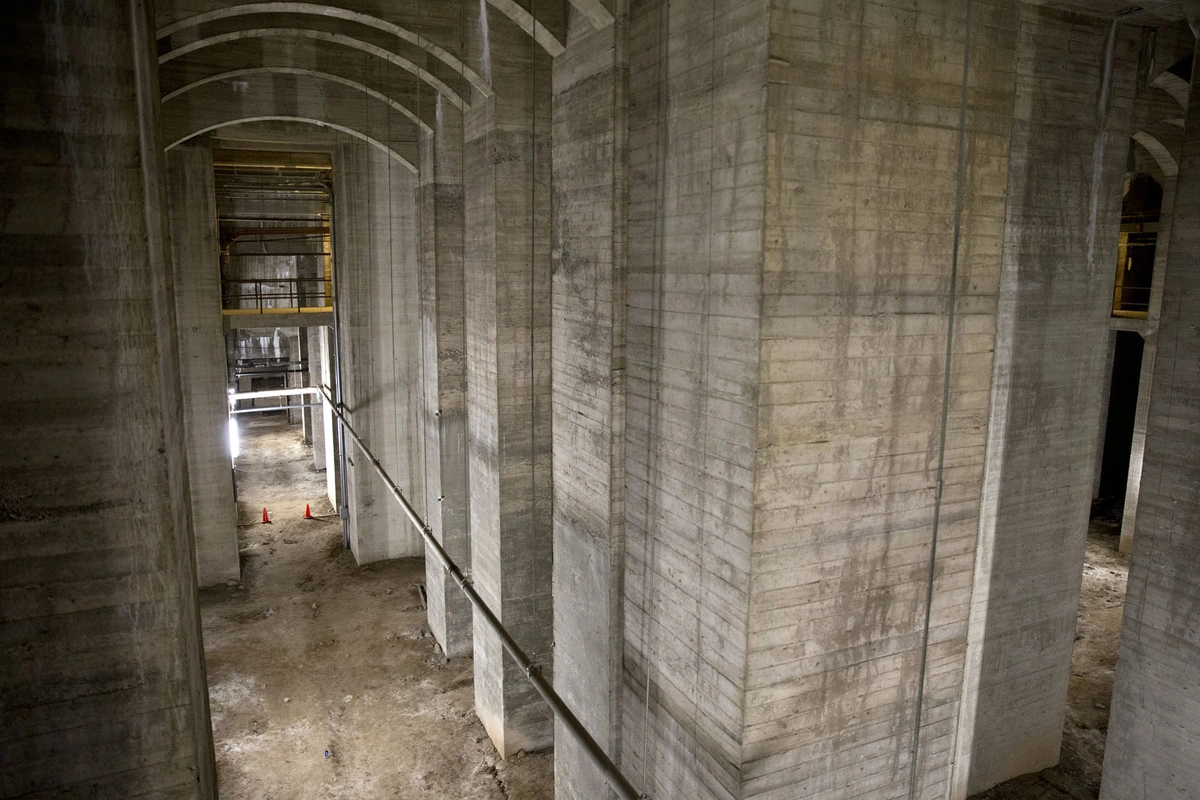
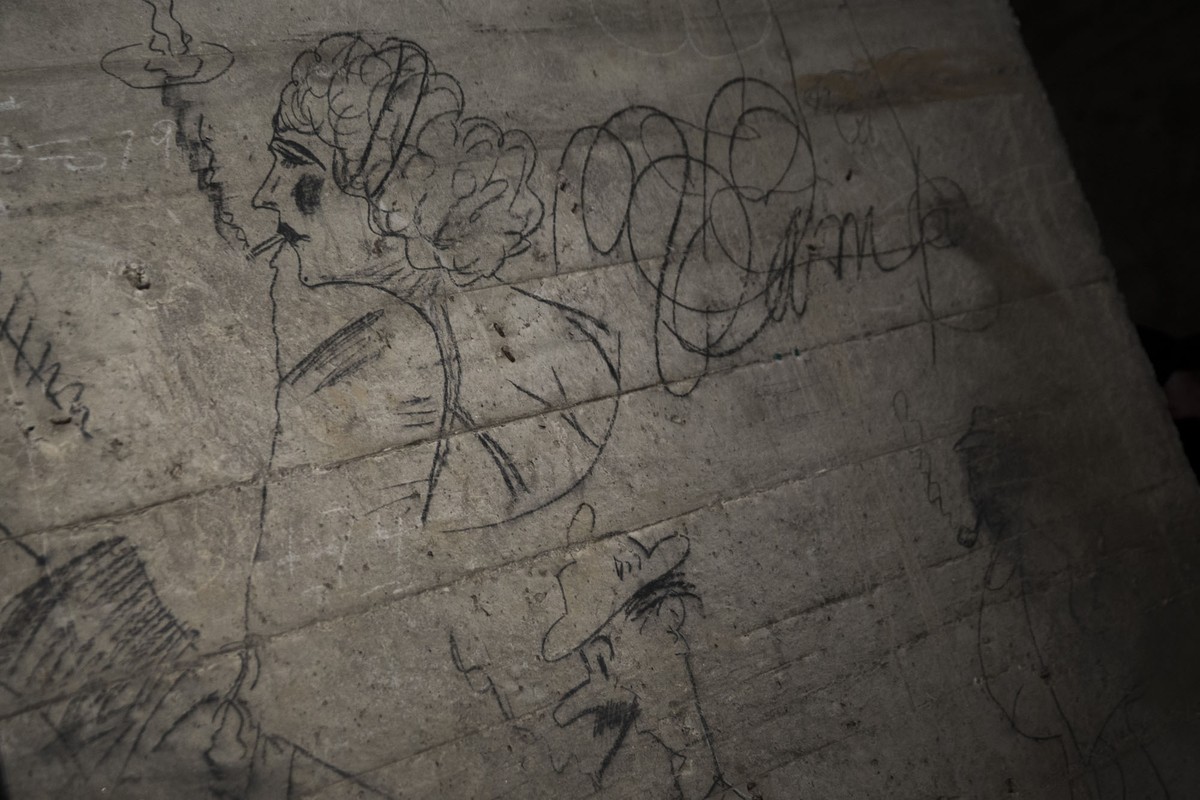
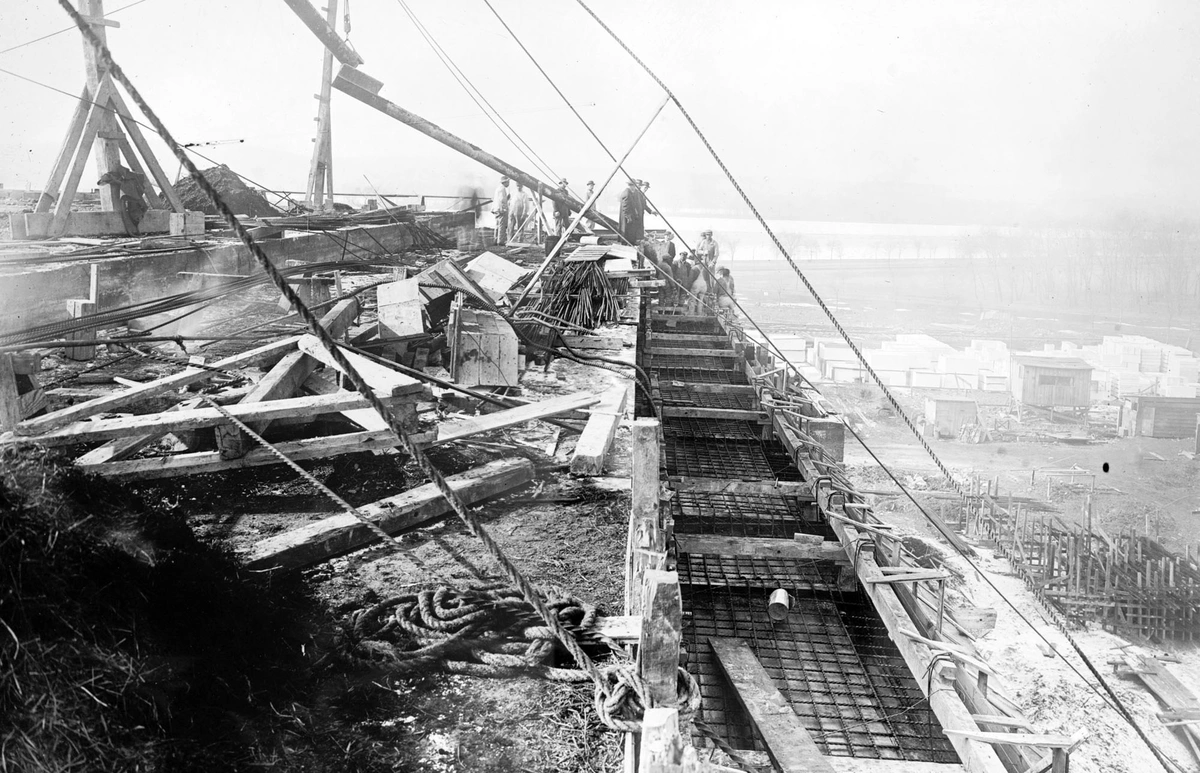
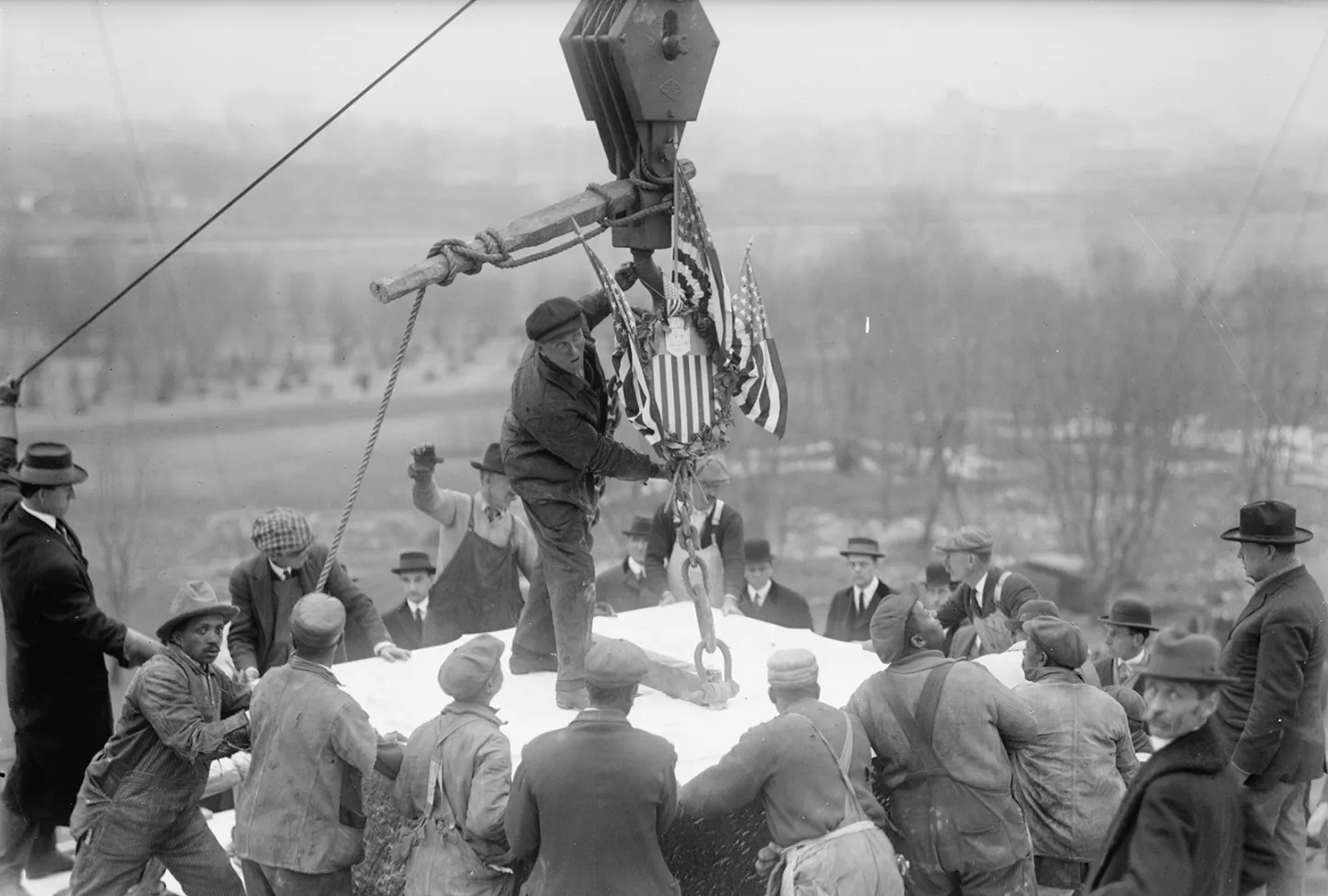
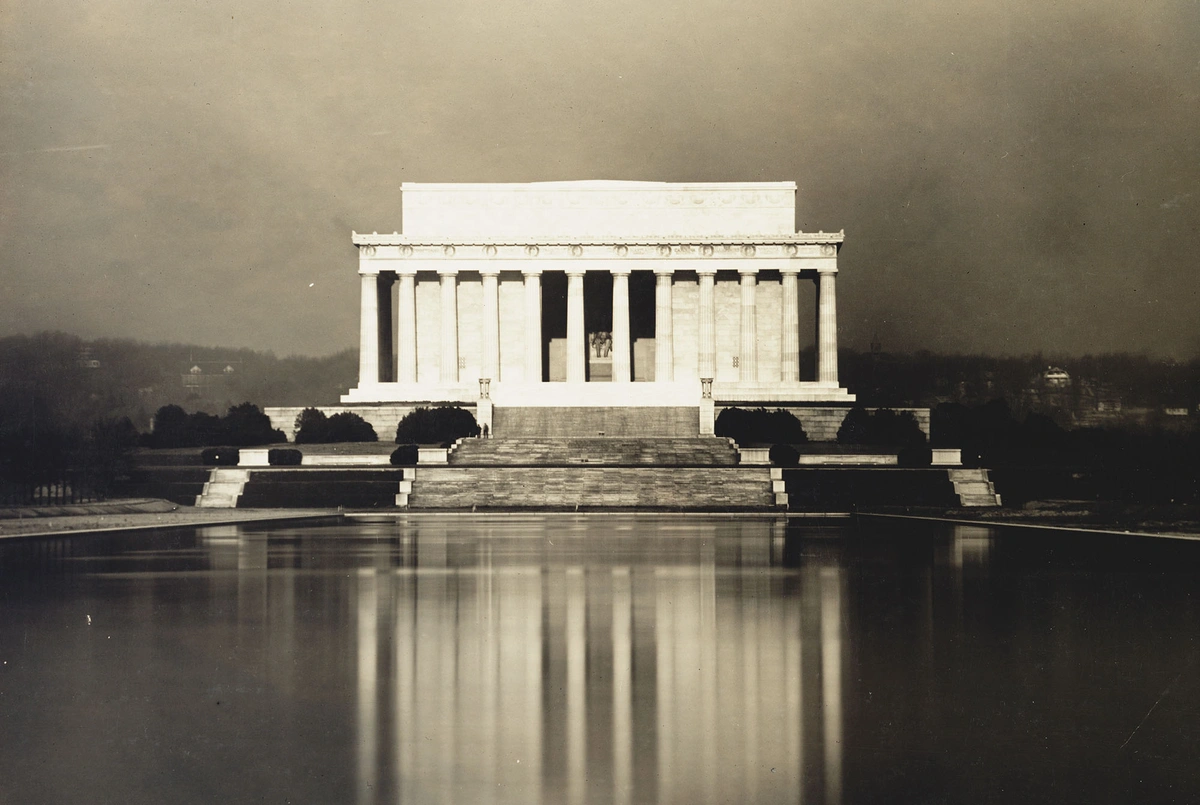

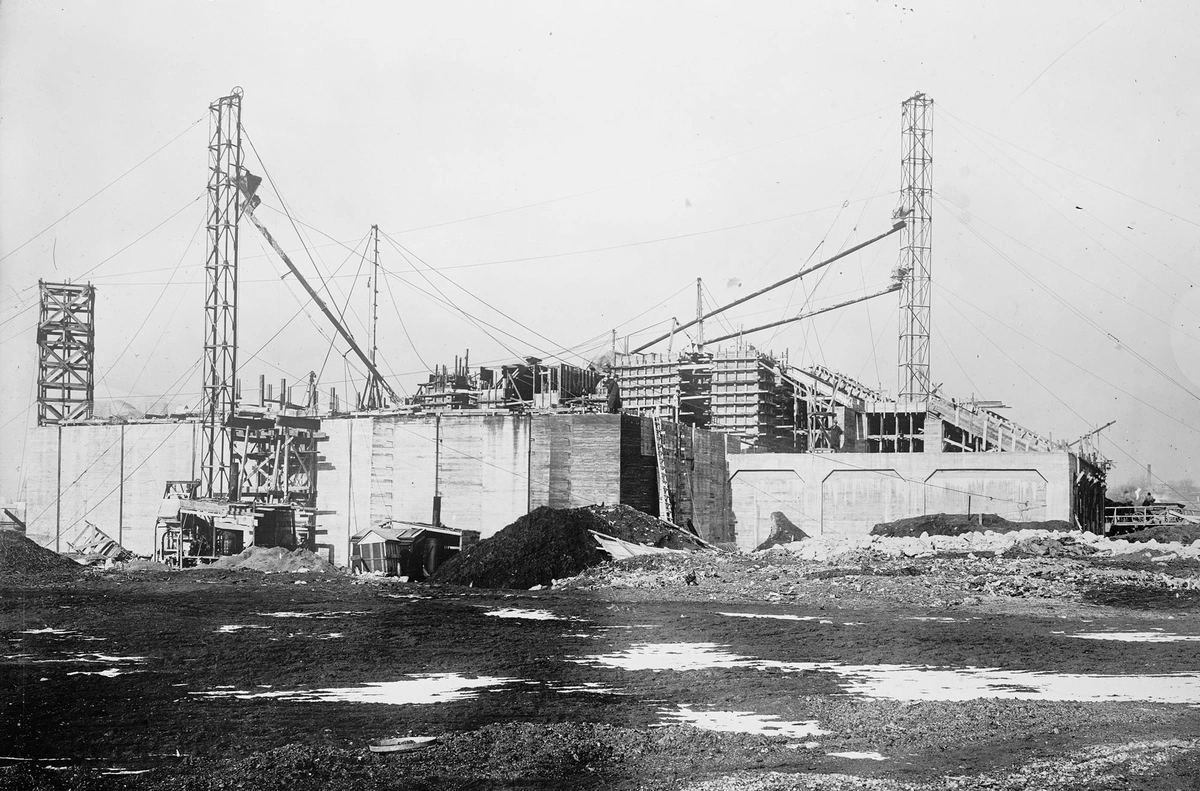
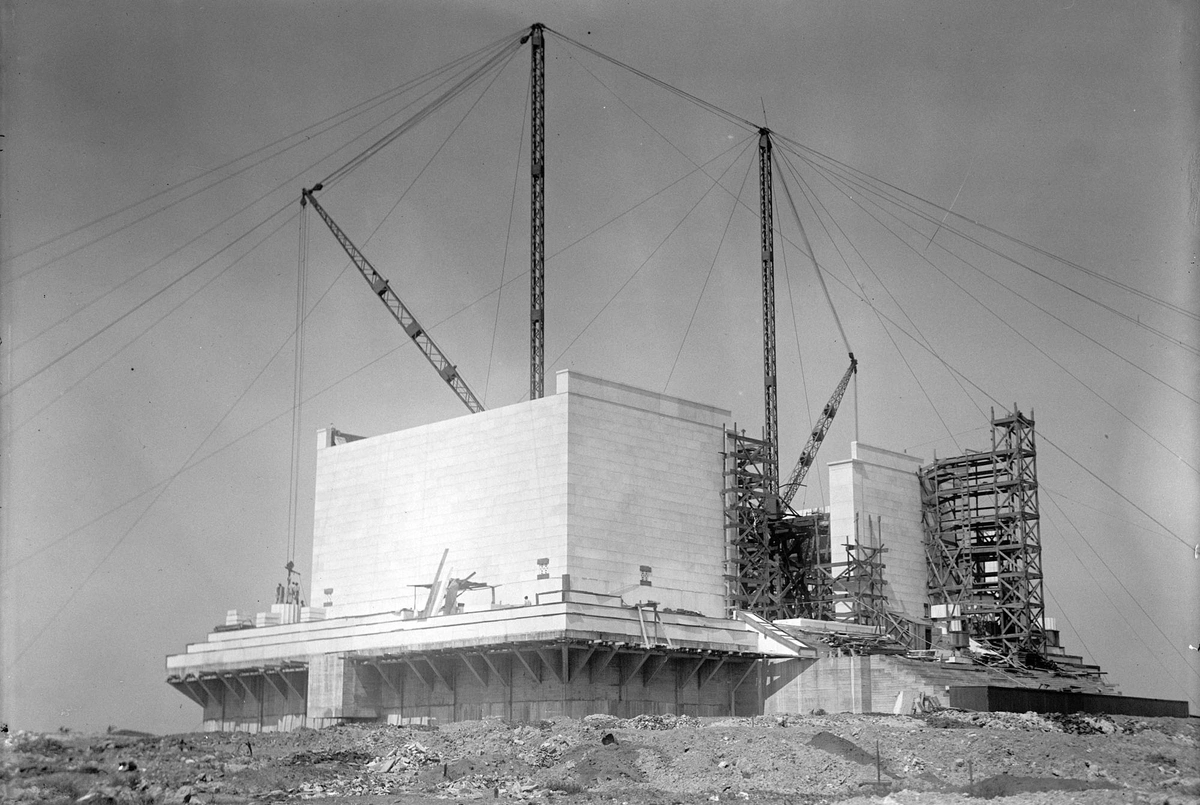
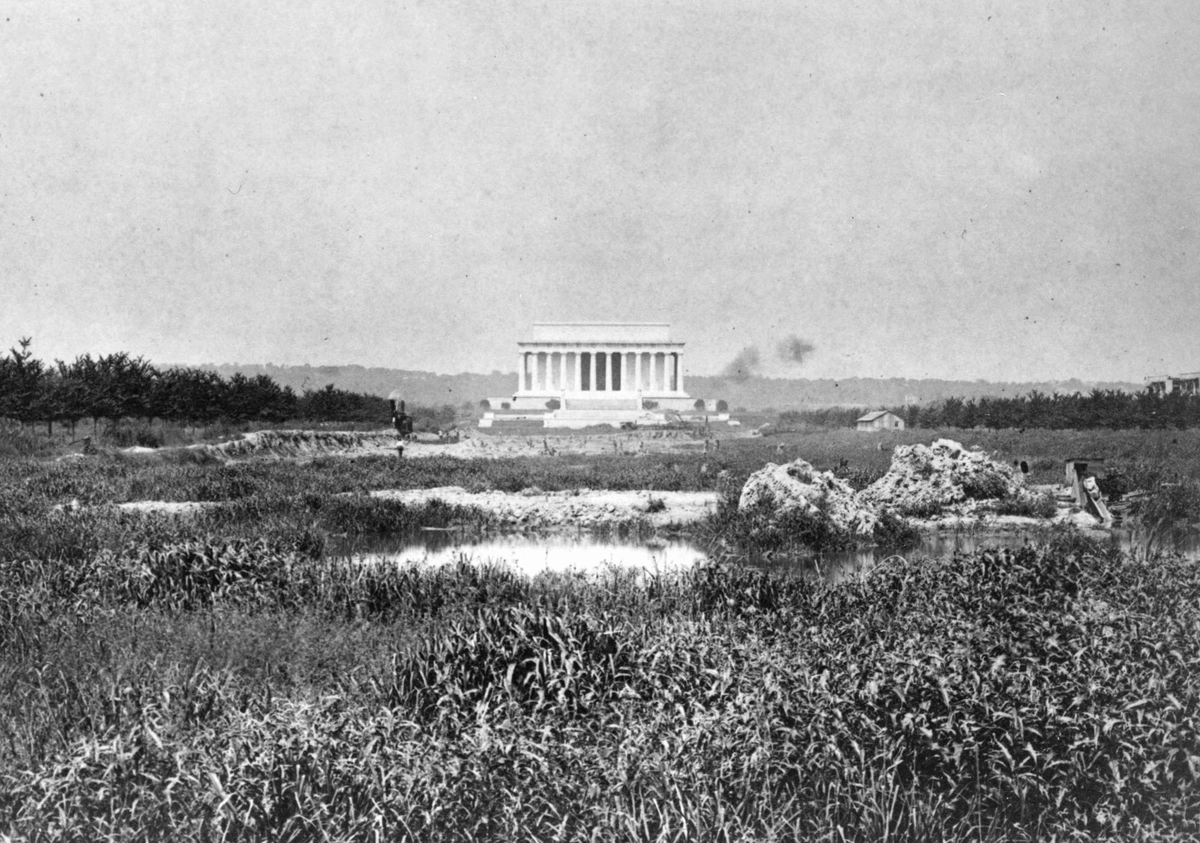
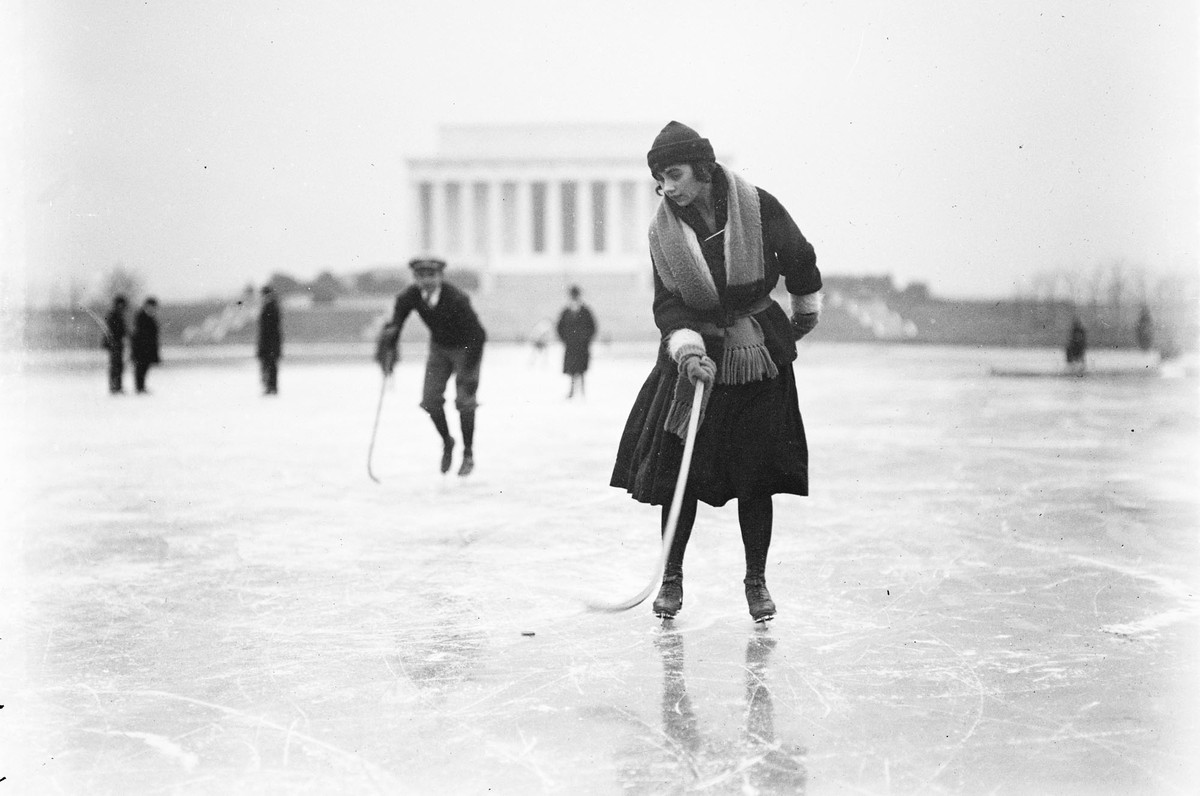

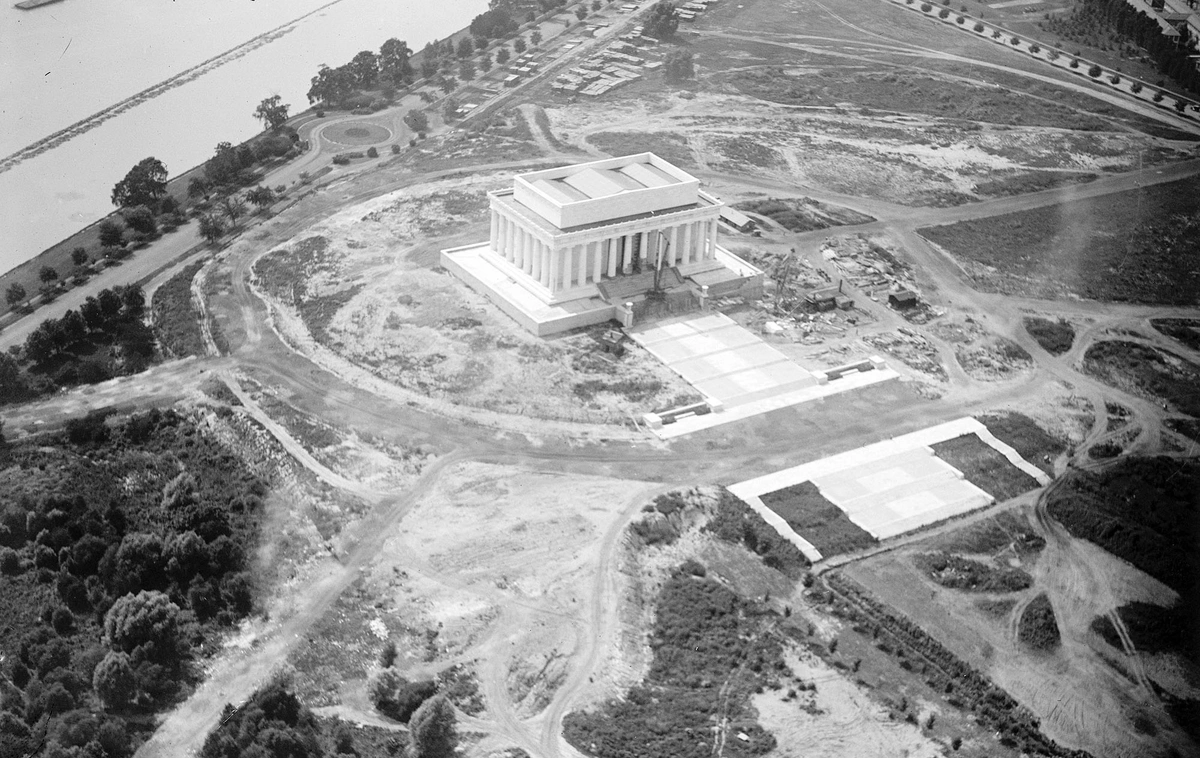
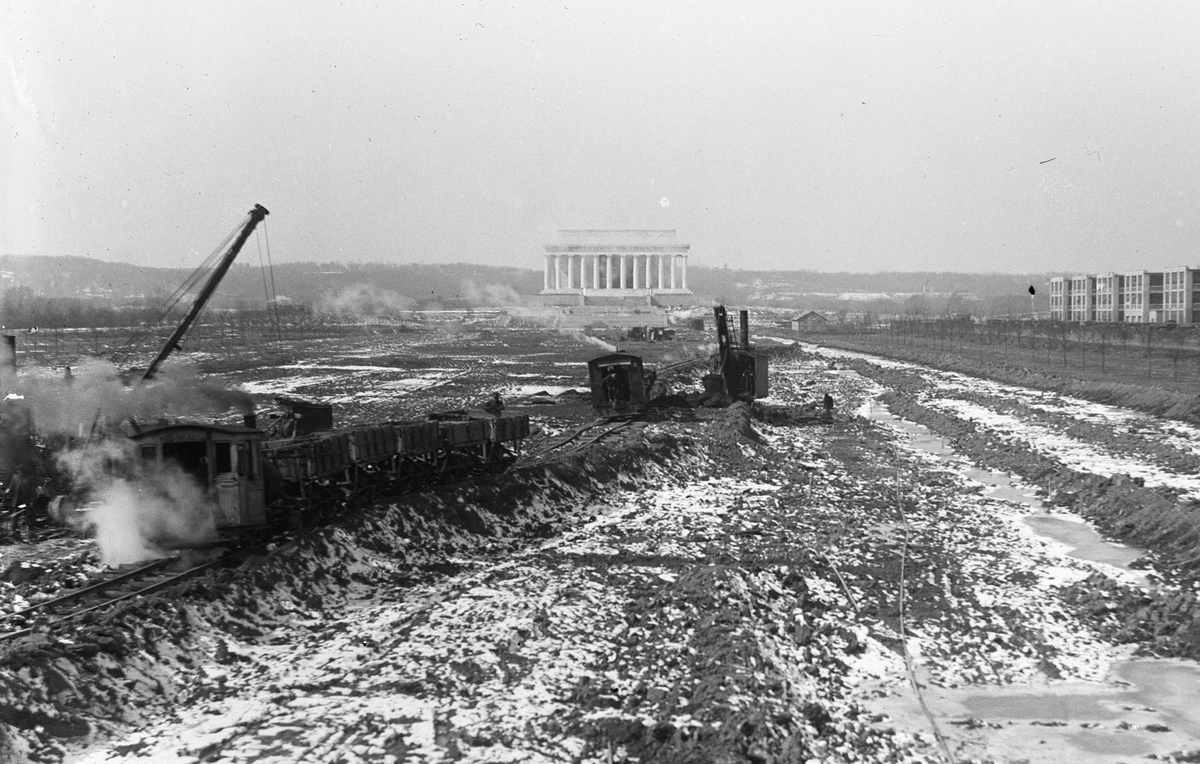

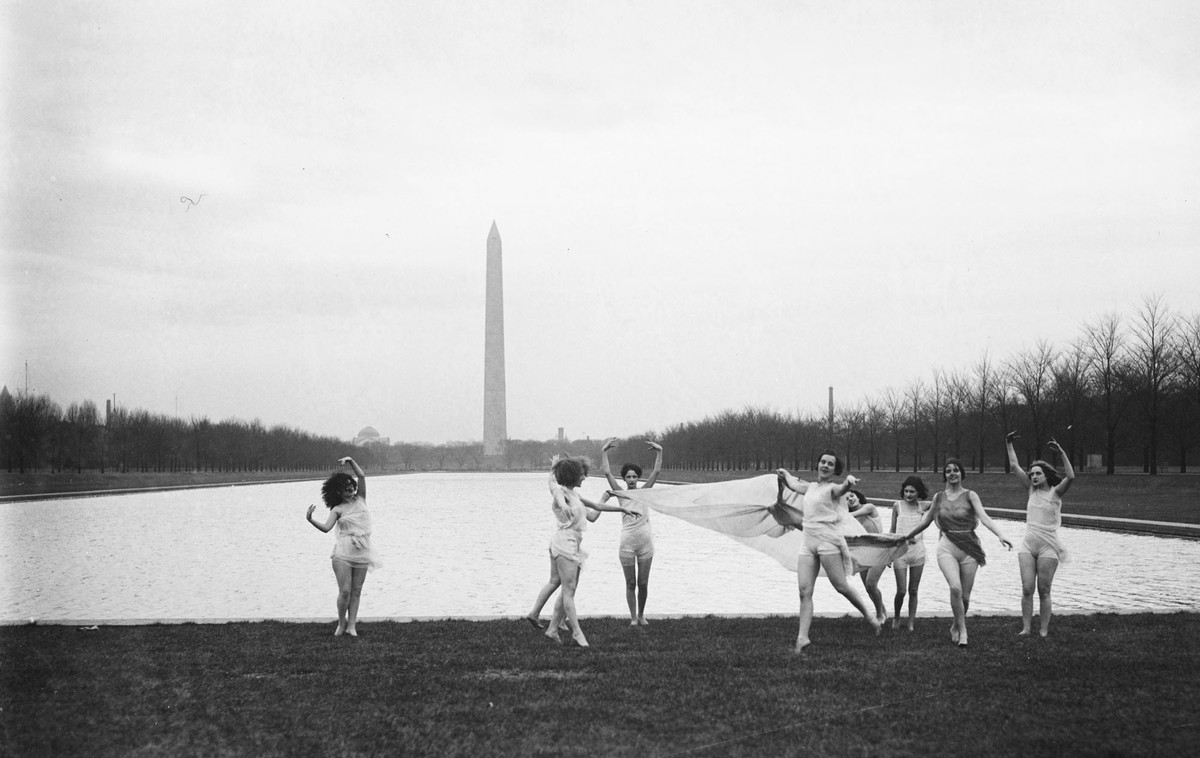

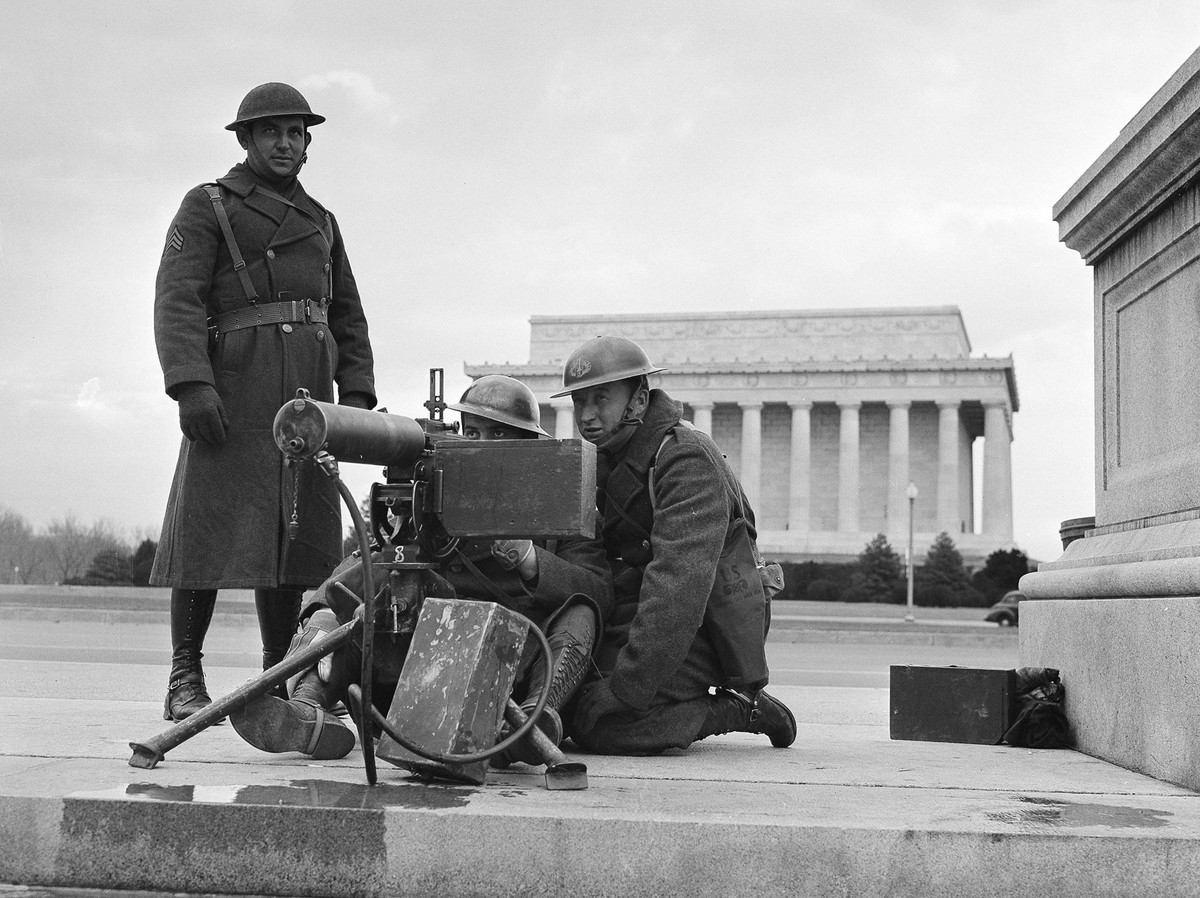
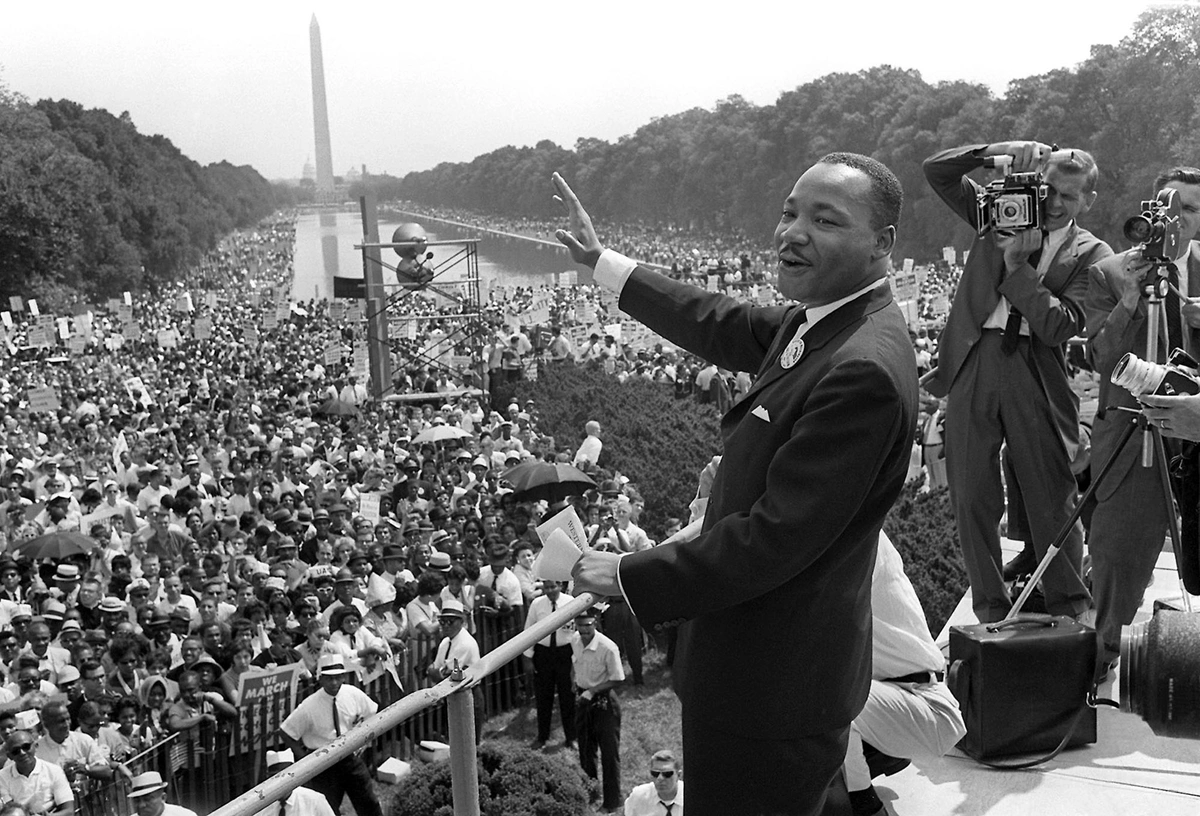
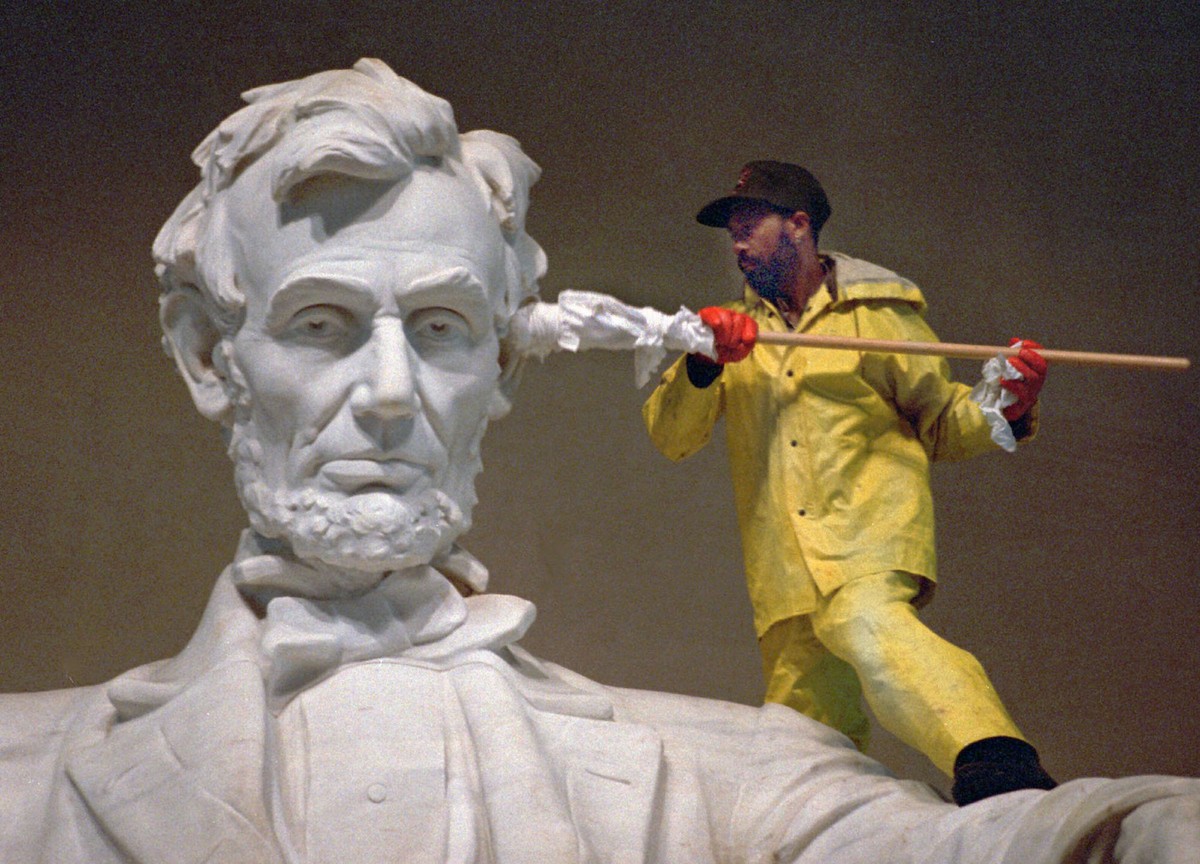
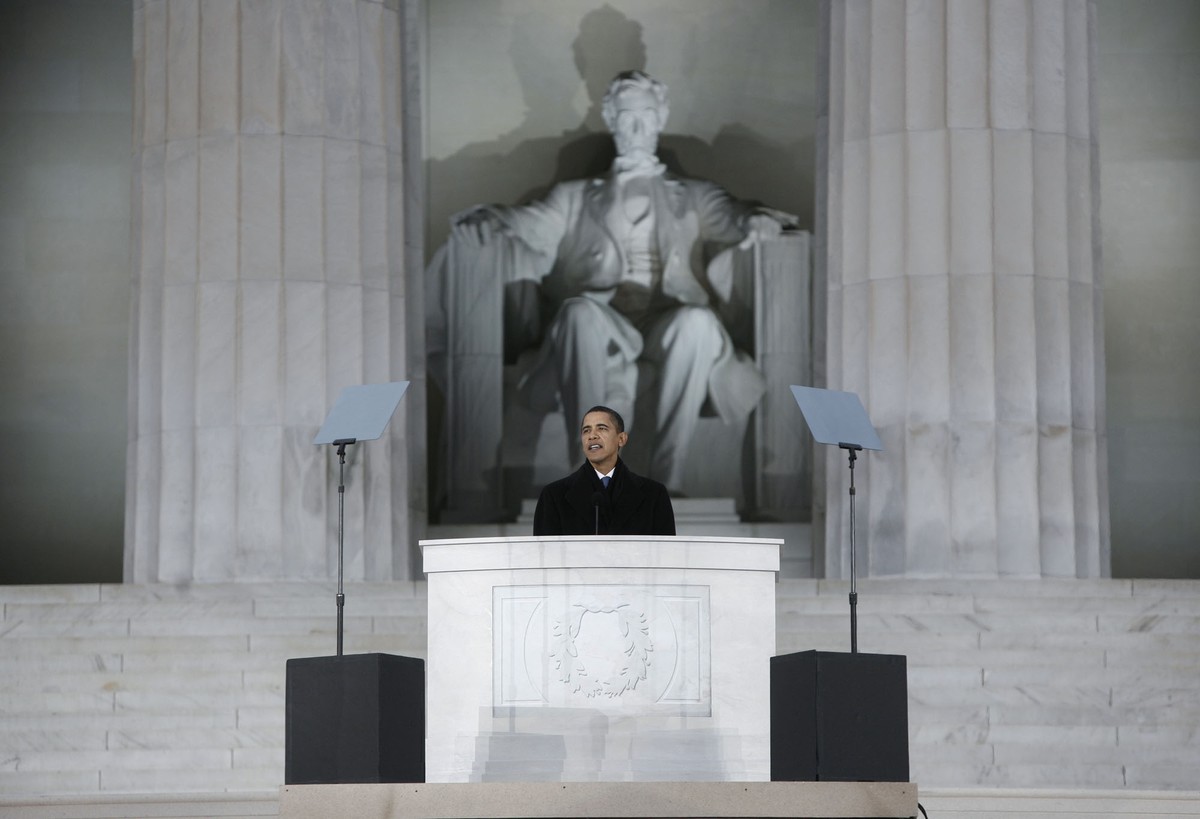
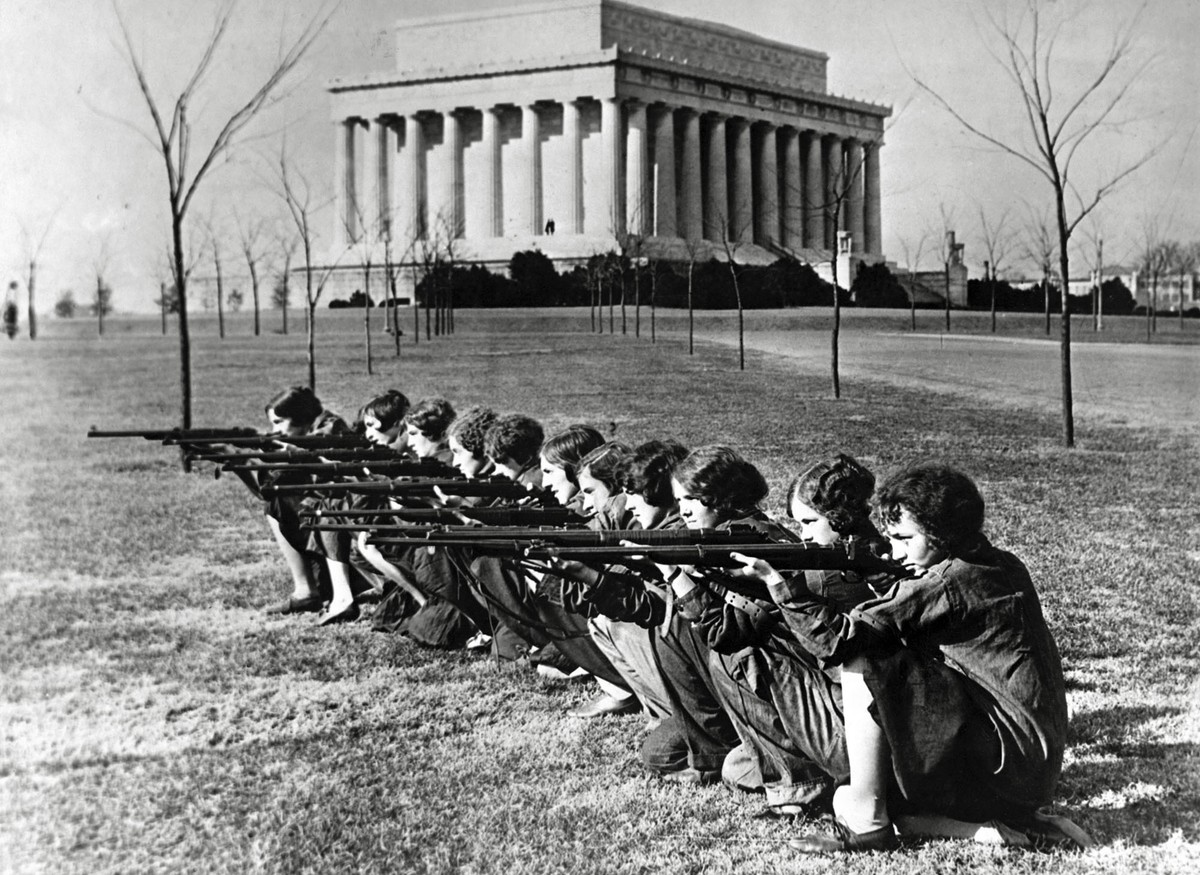
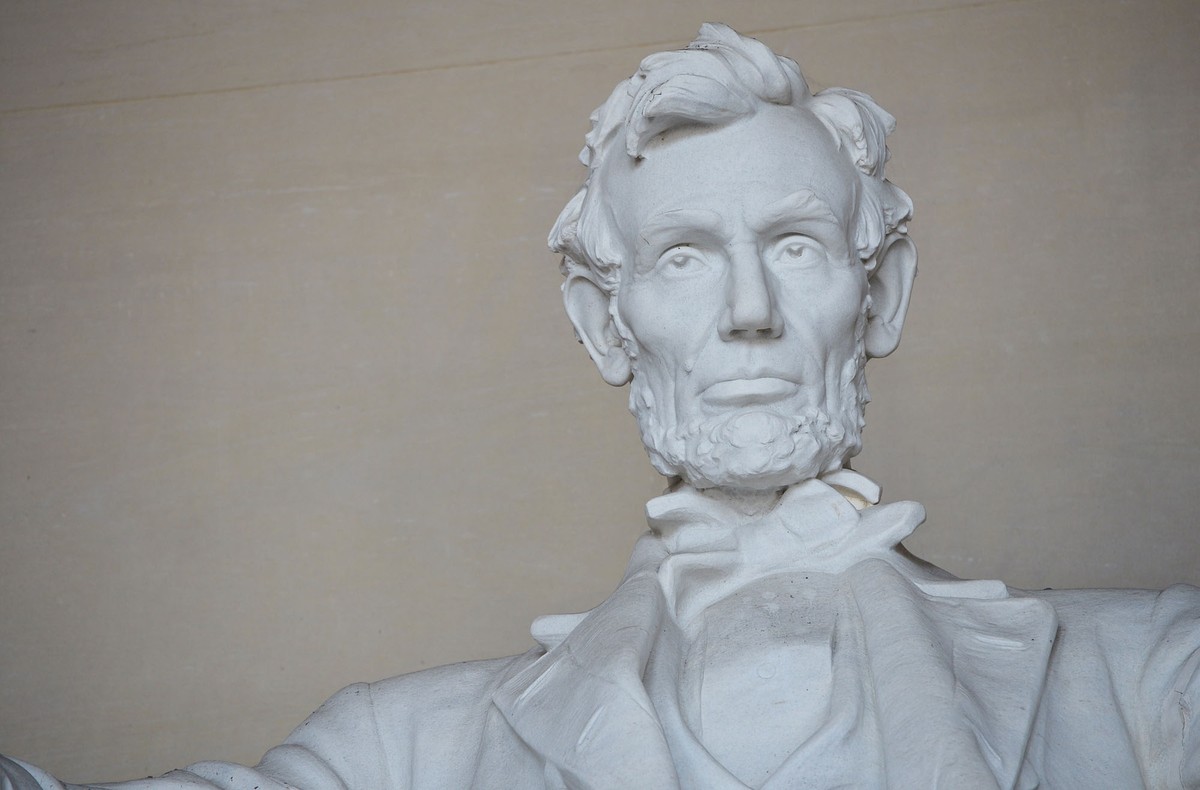
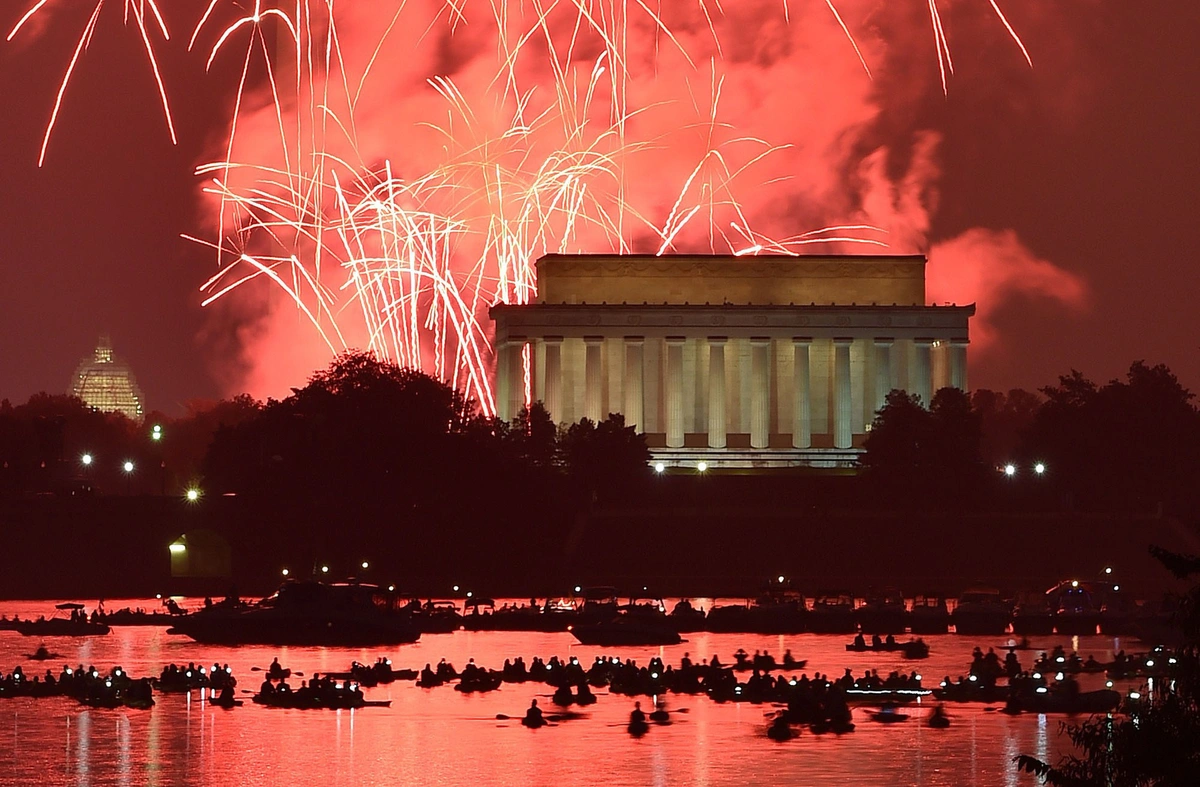
The 2022 Renovation: Giving New Life to the Icon
As part of the ongoing effort to preserve this national treasure, the Lincoln Memorial is undergoing a major renovation in 2022. This renovation will include cleaning the marble, restoring the roof, and improving accessibility with the addition of a second elevator. The funds for this renovation were generously provided by philanthropist David Rubenstein, who donated $18 million to help restore the Memorial and enhance its visitor experience.
This renovation is a reminder that even the most iconic landmarks need care and attention to maintain their relevance and accessibility for future generations. The Lincoln Memorial, like the nation it represents, continues to evolve, ensuring that its legacy endures for years to come.
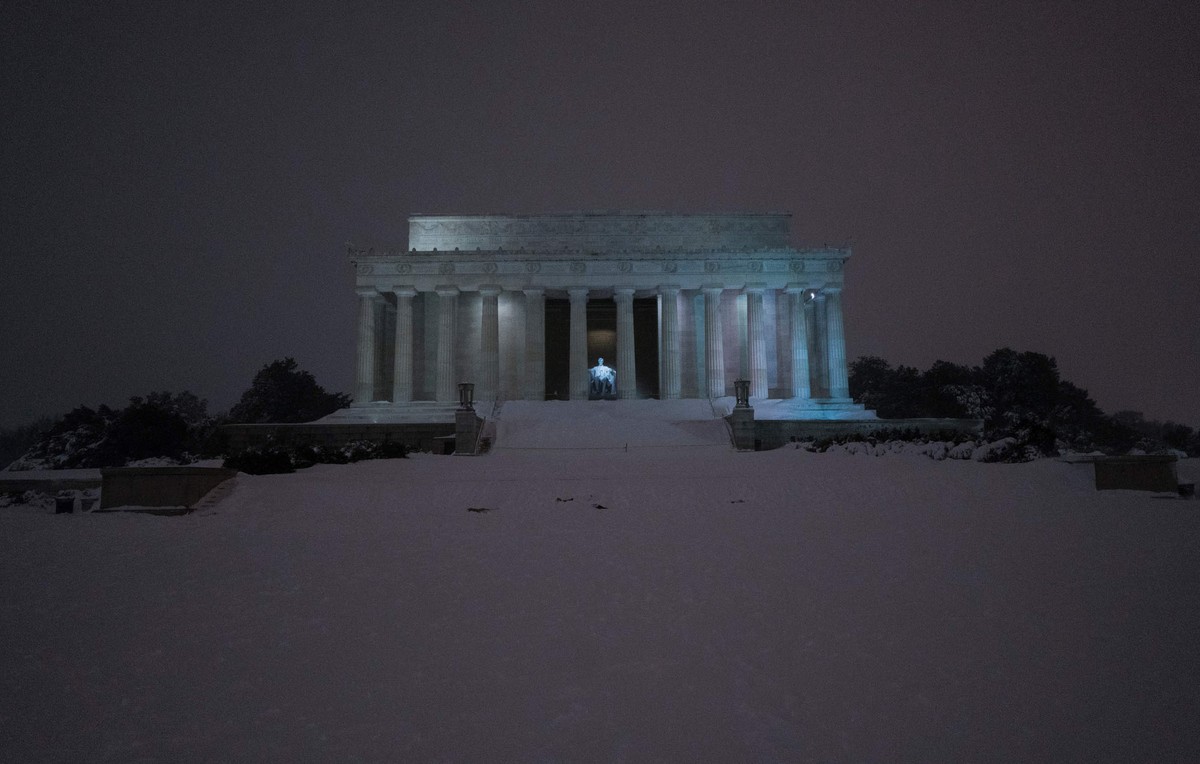
Video
Watch the video “The Lincoln Memorial at 100” to explore its centennial history.
Conclusion: A Monument to Vision, Persistence, and Unity
The story of the Lincoln Memorial’s construction is more than just a tale of politics and design; it is a story of vision, persistence, and the ability to overcome resistance in the pursuit of something greater. What could have been a failed project due to political infighting and opposition became a powerful symbol of unity and national pride. Today, the Lincoln Memorial stands as a testament to Abraham Lincoln’s enduring legacy and the strength of American democracy, reminding us that even the most formidable obstacles can be overcome with vision and determination.



